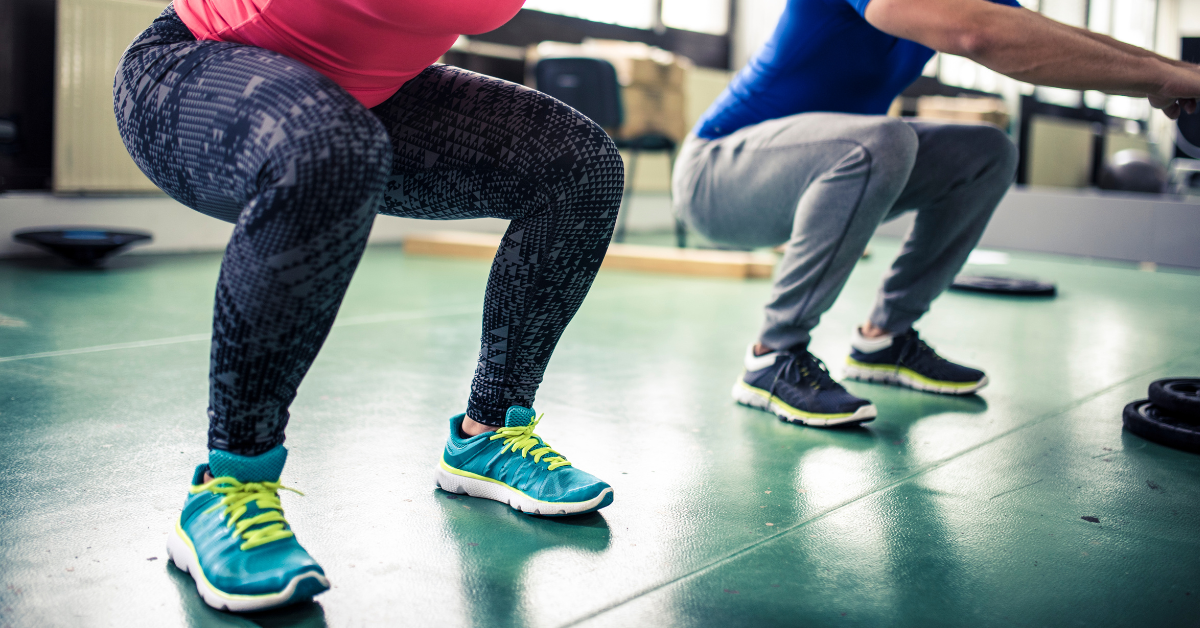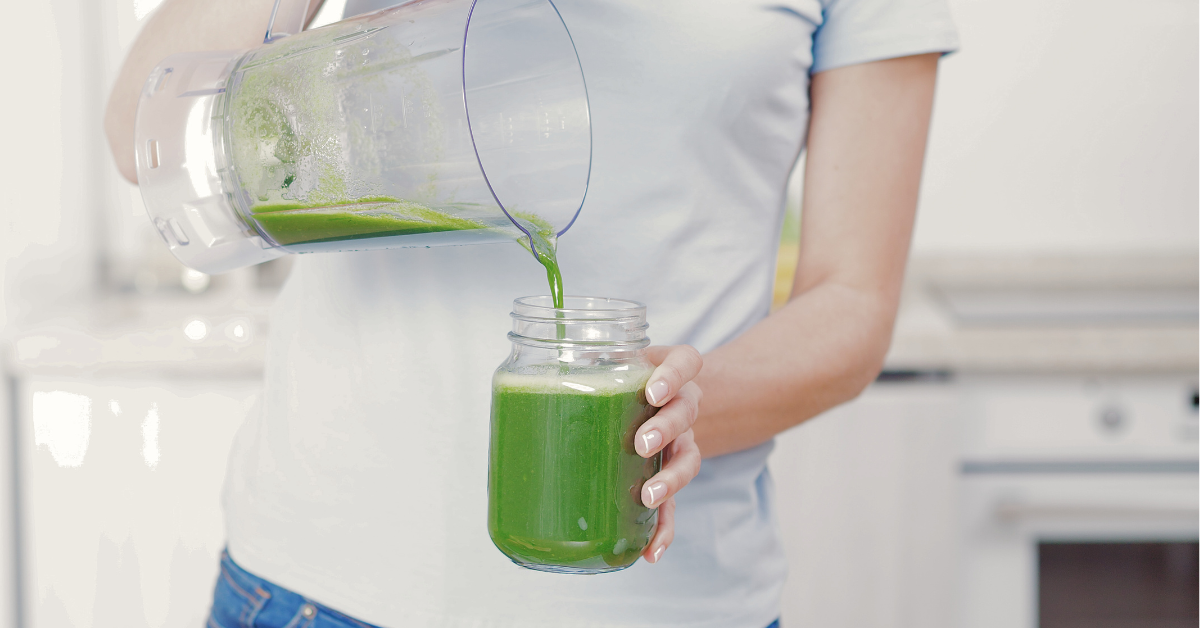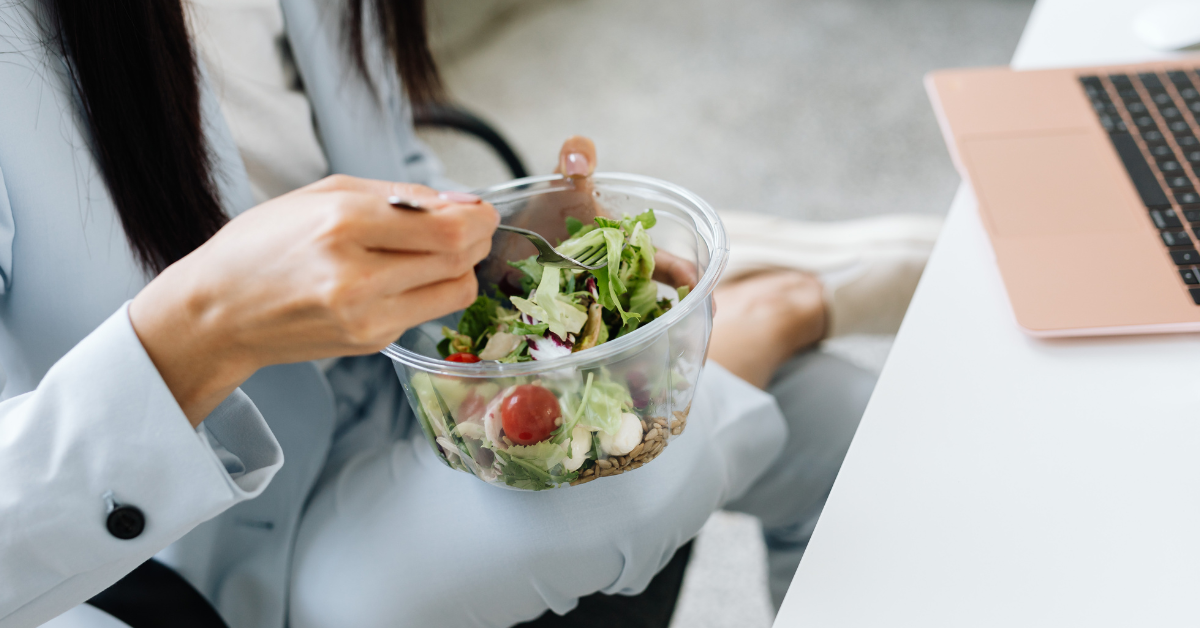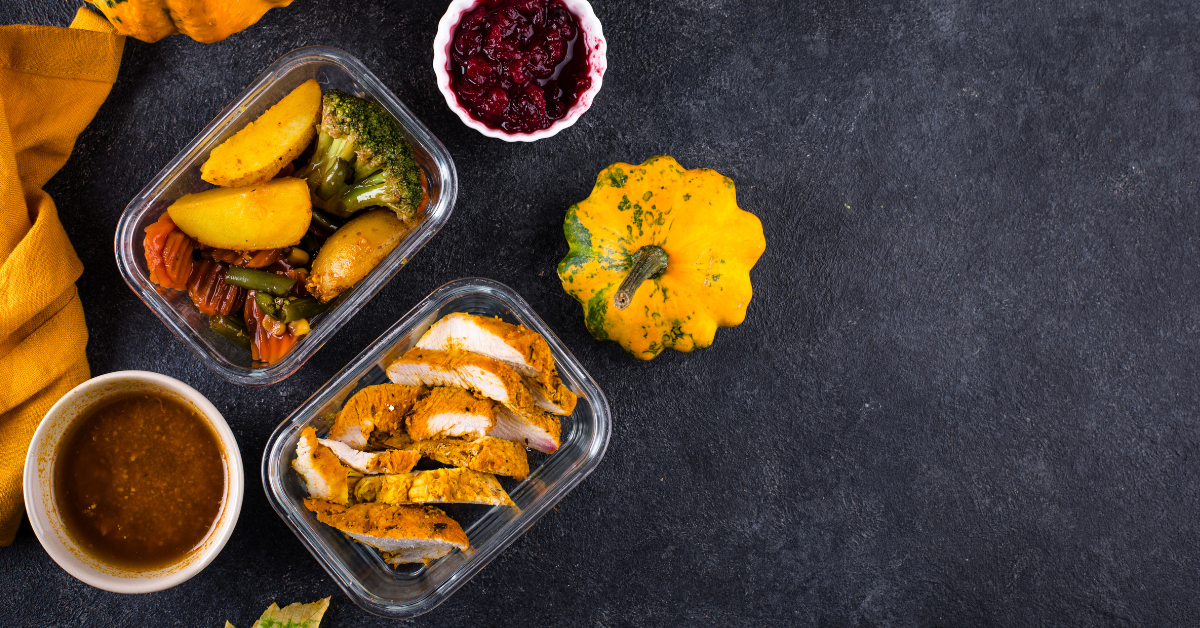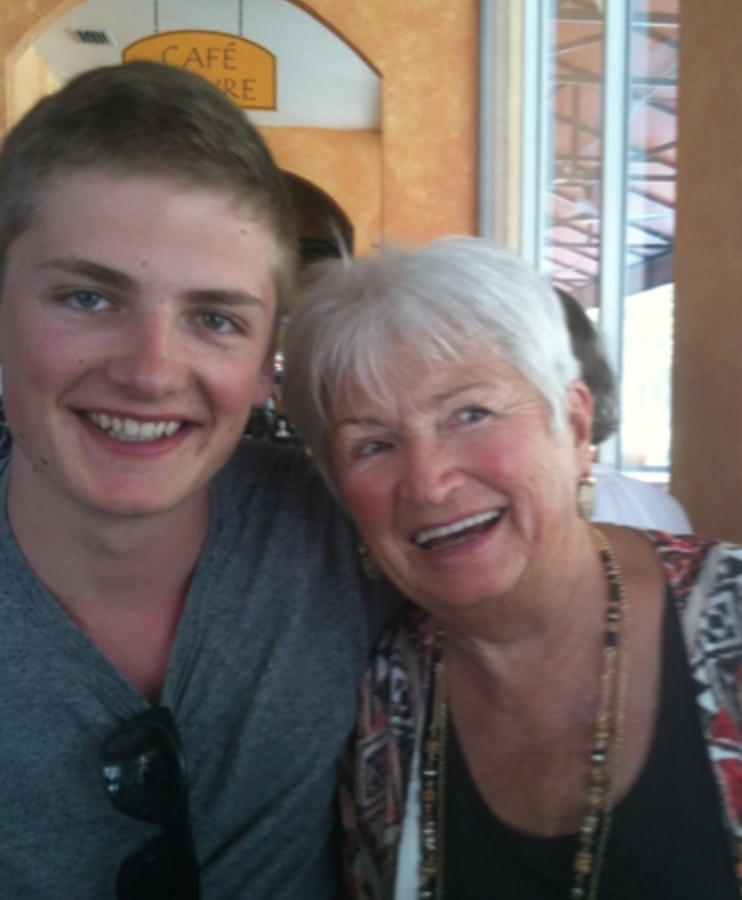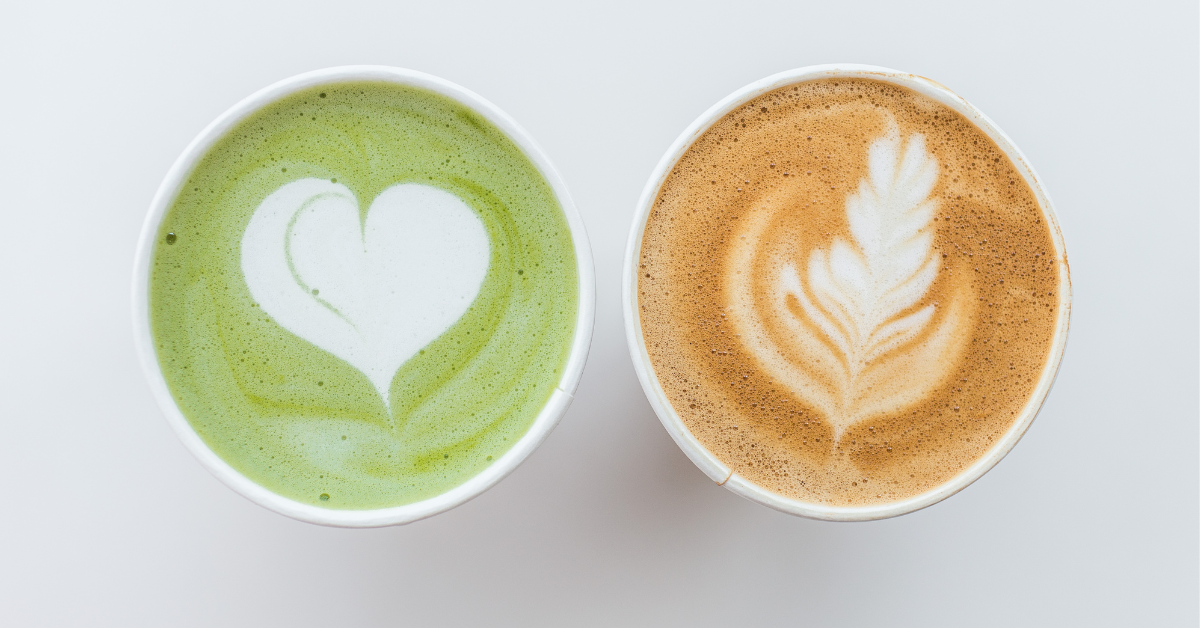Staying active and feeling great after 40 doesn’t require complicated workouts. Rather, it requires focusing on the right moves—and doing them correctly. These four exercises may seem simple, but don’t let that fool you. They’re also some of the most commonly performed incorrectly, which can lead to discomfort or even injury. But when done with proper form and consistency, they can improve mobility, support joint health, and keep you moving with ease for years to come.
One Faithful Workouts regular, for example, shared an awesome story with me. When she first started, she could barely hold a plank for 10 seconds. Her arms shook, her core gave out, and she felt discouraged. But instead of giving up, she kept at it—practicing a little each day and focusing on good form. Now? She can hold a full minute with ease!
These are the wins that matter. It’s not about doing more—it’s about doing what works. Whether you’re getting back into a routine or just looking for smarter ways to move, these four exercises are a must.
1. Squats
Squats are one of the best lower-body exercises to strengthen your bones, especially in your hips, thighs, and lower back. By loading the body with your weight and adding resistance, squats help increase bone density in the lower body and improve joint health. You can modify squats by using a chair or wall for support if necessary.
How to do it:
- Stand with feet shoulder-width apart, with your toes slightly turned outward.
- Push your hips back as if you’re sitting down into a chair, keeping your chest lifted and knees behind your toes.
- Lower yourself as far as comfortable (aim for thighs parallel to the floor).
- Press through your heels to stand back up to the starting position.
Added challenge: Add a light dumbbell or kettlebell to increase resistance as you progress.
Why this move matters: Squats mimic movements you do every day—like sitting and standing—so strengthening these muscles helps maintain independence and ease of movement.
2. Lunges
Lunges are excellent for targeting the lower body, including the quads, hamstrings, and glutes. This unilateral exercise also improves balance and coordination, which is important for fall prevention as you age.
How to do it:
- Start by standing tall with feet hip-width apart.
- Step forward with one leg, bending both knees to lower your body into a lunge position. Your back knee should hover just above the ground.
- Push through the front heel to return to standing, then repeat on the other side.
Added Challenge: Try doing lunges with dumbbells in each hand to add extra resistance.
Why this move matters: Strength and stability in your legs can prevent injuries and keep you feeling confident in your movements—whether you’re climbing stairs or chasing after grandkids.
3. Push-Ups
Push-ups may be thought of as a chest exercise, but they’re actually great for strengthening the upper body, particularly the bones in the arms, shoulders, and chest. They can be performed on the floor or against a wall, making them adaptable for all fitness levels.
How to do it:
- Start in a plank position with hands placed slightly wider than shoulder-width apart and feet together.
- Lower your body by bending your elbows until your chest is near the ground.
- Press through your palms to push back up to the starting position.
- For a modified version, perform the push-up on your knees or against a wall.
Added challenge: As you gain strength, try elevating your feet on a bench.
Why this move matters: Upper body strength helps with everyday tasks like carrying groceries, picking up kids, and maintaining good posture.
4. Crunches
Crunches are a great way to strengthen your core, which plays a vital role in supporting your spine and overall posture. A strong core helps prevent back pain and improves balance, both of which are essential for maintaining bone health as you age.
How to do it:
- Lie on your back with your knees bent and feet flat on the floor, hip-width apart.
- Place your hands behind your head or across your chest (avoid pulling on your neck).
- Engage your core and lift your shoulders off the floor, curling your torso towards your knees.
- Slowly lower back down to the starting position without letting your back arch.
Added challenge: To make this exercise more challenging, try adding a twist at the top to target your obliques or hold a light weight in your hands.
Why this move matters: A strong core helps with balance, reduces back pain, and supports nearly every movement you make, both in workouts and in daily life.
The Power of Small, Consistent Steps
These moves may be simple, but their impact is anything but. Just like the Faithful Workout regular I mentioned at the beginning, who went from a shaky 10-second plank to a full minute, small and consistent efforts lead to big results over time. You don’t have to do an hour-long workout every day—just start with these four foundational exercises and build from there. Watch the video below to see proper demonstrations of each move.
Remember, your body is a gift from God, and taking care of it is an act of stewardship. Every squat, lunge, push-up, and crunch is an investment in the health and strength He’s given you.
I encourage you to try incorporating these exercises into your routine 2-3 times a week. Start at your own level, modify as needed, and celebrate every win, big or small. And if you’re looking for guided workouts, check out our Faithful Workouts programs for encouragement and support along the way!
You’ve got this! Keep moving, keep growing, and keep honoring your body with movement.

